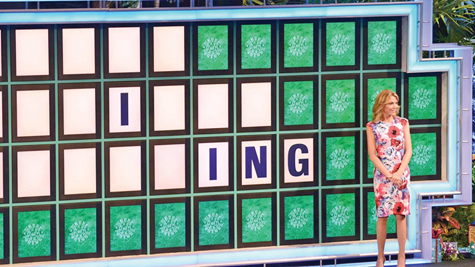With the recent release of Mr. Beast’s game show, the Beast Games, online discourse surrounding the show touched on game shows as a whole.
This genre of reality TV has been around for as long as television has existed as a mainstream media platform and has remained a staple of modern entertainment ever since, with countless shows regularly featuring on screens around the world.
These shows have a simple premise, where contestants compete in a game or a series of challenges for extravagant rewards, scripted or otherwise. And its this simplicity that allowed it to thrive as a genre and last to this day.
The earliest iterations of reality-based competition on television can be traced back to even before TV, with radio quiz shows, but they wouldn’t take off in the mainstream until Dr. I.Q., which ran from 1939 for twenty years on both radio and TV. By the 1940s and 1950s, traditional game shows became a key fixture of prime time TV. These shows relied heavily on trivia and puzzles, setting the groundwork for what would become a staple TV genre.
Turning point
 However, in the late 1950s, a major turning point in game show history occurred when popular quiz shows with high stakes such as Twenty-One and The $64,000 Question were found to be rigged, with producers secretly providing contestants with answers in advance to manipulate results and boost ratings.
However, in the late 1950s, a major turning point in game show history occurred when popular quiz shows with high stakes such as Twenty-One and The $64,000 Question were found to be rigged, with producers secretly providing contestants with answers in advance to manipulate results and boost ratings.
Though this scandal ruined much of the public interest in the game show genre, it would bounce back soon after in the next few decades, with most popular game shows of this era, such as Jeopardy! (1964).
These programs were not yet considered “reality TV” as we know it today, but they laid the groundwork by showcasing real people competing in real time, a novel and exciting concept for the time.
The concept of unscripted reality television as we recognize it today began to take shape in the 1970s. It wasn’t until the late 1990s and early 2000s that reality TV game shows truly took off, blending real-life competition with unscripted elements to create the format we know today.
One of the most influential shows was Survivor (2000), which became a massive cultural phenomenon around the world.
Tension and intrigue
At around the same time, Big Brother (2000) brought the concept of isolating contestants in a house, where they were constantly filmed and had to engage in social and strategic gameplay to avoid eviction. The show’s “fishbowl” dynamic, where contestants were under near-constant surveillance, added an additional layer of tension and intrigue.
As reality TV game shows gained popularity, the genre diversified into various subcategories. Shows that focused on specific skills and talents began to dominate the airwaves. Programs such as American Idol (2002) and The Amazing Race (2001) added new dimensions to the reality competition format.
This interactivity helped propel the show to immense popularity, inspiring similar talent competitions such as ‘The Voice’ and ‘America’s Got Talent’.
Today, reality TV game shows continue to be a dominant force in television, and they have expanded beyond traditional networks to streaming platforms.
The Beast Games, controversial as it is, is another necessary adaptation of the genre, involving online creators and their massive audiences to stay relevant and grow.









